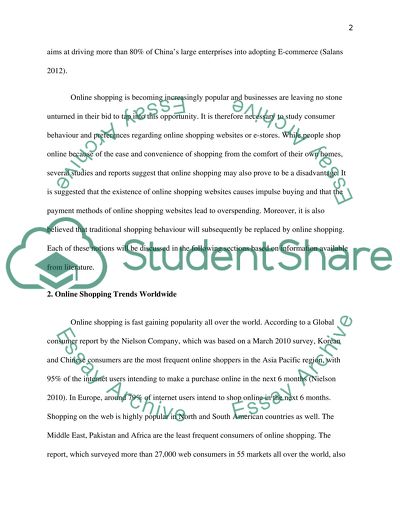Cite this document
(“Ocial Media and New Age marketing for university students in China Literature review”, n.d.)
Retrieved from https://studentshare.org/marketing/1400694-social-media-and-new-age-marketing-for-university
Retrieved from https://studentshare.org/marketing/1400694-social-media-and-new-age-marketing-for-university
(Ocial Media and New Age Marketing for University Students in China Literature Review)
https://studentshare.org/marketing/1400694-social-media-and-new-age-marketing-for-university.
https://studentshare.org/marketing/1400694-social-media-and-new-age-marketing-for-university.
“Ocial Media and New Age Marketing for University Students in China Literature Review”, n.d. https://studentshare.org/marketing/1400694-social-media-and-new-age-marketing-for-university.


